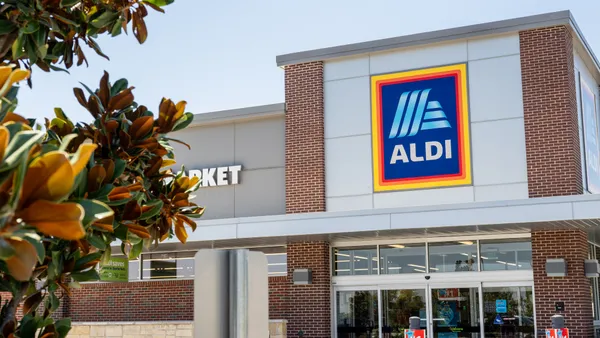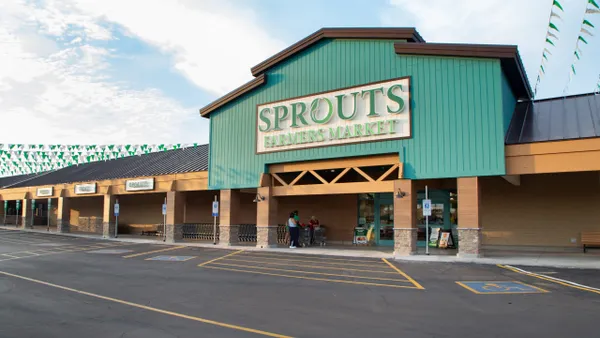After enjoying intense loyalty during the COVID-19 pandemic from people bent on completing their grocery shopping as quickly as possible, retailers are now reckoning with new dynamics that have handed power to consumers and upended the norms that formerly defined the supermarket industry, representatives of a pair of grocery chains said Tuesday during an online panel co-hosted by Placer.ai and Dunnhumby.
The changes cascading across the grocery landscape reflect intense desires by shoppers to take advantage of the unprecedented array of choices they now have when deciding what goods to buy and where to purchase them, Kate Newman, specialist of local marketing at Fresh Thyme Market, said during the event.
“Customers want that experience … they want that treasure hunt. They want to come in and be excited about products. They want to linger in the stores a little bit longer. They want to sample products,” Newman said. “I think grocery has been able to pivot quickly on that and … change what we’re doing to be able to cater to our customers.”
Lisa Kinney, executive head of enterprise analytics for Albertsons, noted that the “quest for value” by grocery shoppers is driving them to spread their business among multiple stores and encouraging retailers to bump up the quality of the goods they sell. That’s also pushing down basket sizes, she said.
“The bar is set up higher. I mean, now you can go to a value retailer, a pure-play value retailer, and get a great piece of meat that is just as good of quality as … another retailer,” said Kinney.
To thrive going forward, grocers will need to focus on using data they have about consumers to provide personalized experiences for shoppers, said Kinney.
Kinney noted that shoppers now view retailers like supercenters and discounters in much the same light as traditional supermarkets, which poses an existential challenge to traditional grocers.
In the minds of the customer “there’s very little differentiation” between the various retail channels offering groceries, Kinney said.
Shoppers have come to expect quality goods across multiple retailers and formats, putting pressure on grocers to focus on differentiating themselves in order to retain the loyalty of people who are growing accustomed to choosing among a broad array of stores to meet their needs, Kinney added.
“The major lesson would be that there are more options than ever for customers and retailers [will need to be] able to look at all of their assets and all the different ways they touch customers and ask themselves, ‘How can I do this better? How can I do this faster? Am I missing something here? What’s the pain point I need to solve for?’” said Kinney.
To connect with shoppers, grocers will have to lean on social media and other forms of digital communication, Newman said, pointing to Los Angeles specialty grocer Erewhon’s ability to sell super-premium products as an example. Erewhon has sought to stand out with unique products like a $22 smoothie created by supermodel and beauty entrepreneur Winnie Harlow.
“Erewhon can charge what they charge … and they’re still gaining market share because of how things trend and what different people perceive as value and perceive as important,” said Newman, who worked for Aldi before joining Fresh Thyme Market.
The bottom line, Newman and Kinney said, is that people have entirely changed the playbook for how they approach grocery shopping and what they expect from retailers, likely forever.
“Volume’s not down. Consumers are still eating. They’re still consuming the same day parts. It’s just where they’re going to fulfill those needs [that] looks really, really different than it did a few years ago,” said Kinney.










